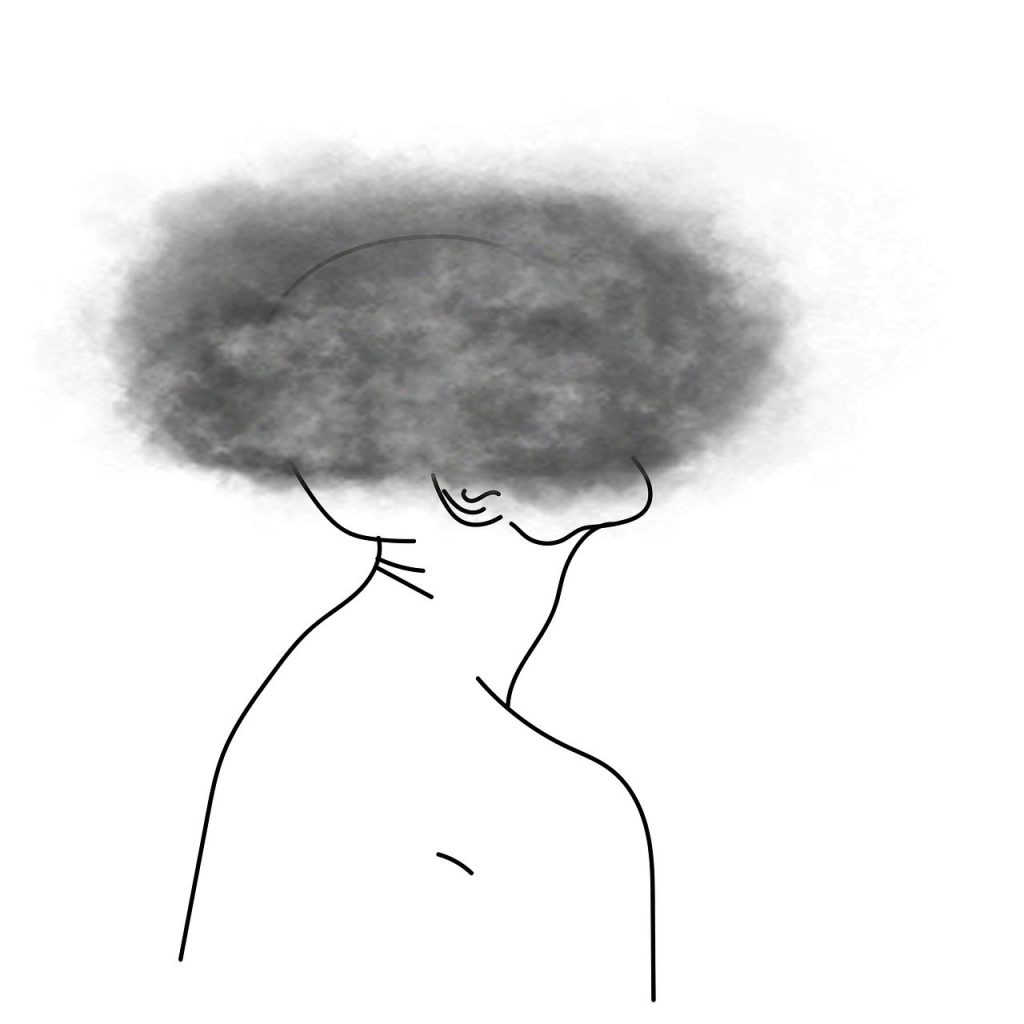As a culture we’ve started to accept that traumas are not only real, but really a part of most people’s lives. Traumas are making a large impact on our children and their ability to learn, on our peers and their ability to cope in what might seem like to others, “normal situations.” They may even impact you in your day-to-day life, or perhaps, your traumas don’t seem to affect you until that moment when they do, and there’s just no stopping them. Owning our past, sharing our truths and being able to live an honest life means being able to recognize what may have been a personally traumatic experience. For some, these events or situations can last long after the event has ended, resulting in Post-Traumatic Stress Disorder (PTSD).
June is PTSD Awareness Month, and while this month may have you thinking of Veterans and firefighters who have survived the unspeakable (which is very valid), it’s much more than that. In 2012. The U.S. Department of Health and Human Services (HHS) Secretary, Kathleen Sebelius, gave a statement on the importance of this challenging and debilitating condition, giving it its first big stance on a large scale saying, “Posttraumatic Stress Disorder (PTSD) affects 1 in 29 Americans, from our country’s service men and women to abused children and survivors of rape, domestic violence and natural disasters. During PTSD Awareness Month in June, and throughout the year, we recognize the millions of Americans who experience this challenging and debilitating condition.”
Sebelius continued, “PTSD is an anxiety disorder that some people develop after seeing or living through an event that caused or threatened serious harm or death. PTSD may result in sleep problems, irritability, anger, recurrent dreams about the trauma, intense reactions to reminders of the trauma, disturbances in relationships, and isolation. Some people may recover a few months after the event, but for others it may take years. For some, PTSD may begin long after the events occur.”
Since her statement over 12 years ago, the data has changed and almost doubles according to the National Center for PTSD, sharing that, “We don’t know the exact number of people who have PTSD. There are reasons why it is difficult to have an exact or up-to-date count: There is no single study that asks everyone about PTSD. About 6 out of every 100 people will have PTSD at some point in their lives. Many people who have PTSD will recover and no longer meet diagnostic criteria for PTSD after treatment. About five out of every 100 adults in the U.S. has PTSD in any given year. In 2020, about 13 million Americans had PTSD. Women are more likely to develop PTSD than men. About eight of every 100 women and four of every 100 men will have PTSD at some point in their life. This is in part due to the types of traumatic events that women are more likely to experience—such as sexual assault—compared to men. Veterans who deployed to a war zone are also more likely to have PTSD than those who did not deploy.”
When considering what we know about our own culture, how would someone know they have PTSD if they weren’t screened for it? Also, how could they be treated? This is what PTSD Awareness month is all about. What we do know is that there are many successful treatments that support a PTSD free life. You can support those around you by offering safe spaces to talk, connecting them to resources and even asking for help if you think what might be plaguing you is PTSD. Even a “small” amount of PTSD is enough to seek support.
What can you do to be more aware of your own self and avoid potentially making this worse? First, know the term isn’t a cliché. It’s not cute or fun to say, “oh, I have PTSD.” This acronym represents a serious and sometimes debilitating mental health condition that affects millions of people worldwide. Do you really want to be using that term tongue and cheek? And, if you hear it used, understand that it’s not being used as a way to “overreact, or be “dramatic,” as we know the above. If someone says they are dealing with PTSD, they are sharing that not only have they had some real traumatic event, but also working through the long-lasting consequences which aren’t a joke to be undermined by downplaying the term at whim of sounding funny or making an excuse.
What else? Remember it’s not about you. When you live, work or are friends with someone with PTSD, it’s important to remember that this is their reality, not yours. No amount of you being tired of it or wanting it to be gone will help the situation. What does help is empathy, patience, understanding and a willingness to listen without judgement. You may just find they share something new each time. However, adding to their trauma with advice, what you would do, or denying their reality is not helpful. You can gently say, “This sounds really hard, and I care about you. How can I support you in seeing someone about this so you can get some extra support?” Or just, “Thank you for sharing with me!”
PTSD can be a debilitating experience, that silently steals the joy out of everyday life and even bigger milestones when the person would never choose that. From isolation to those who are present physically but mentally, are in a different place as they re-live or numb themselves. Those with PTSD can be in a state of hypervigilance which is exhausting and can lead to outbursts that may not make sense to anyone else. This silent disorder can impact all daily functions making one feel alone, abandoned and overwhelmed in intrusive memories and feelings.
PTSD doesn’t have a specific look, it doesn’t come with an education level or social status. PTSD can arise when it is least expected and can make the present seem clouded with feelings and memories of the past, making the hope for the future bleak. Assuredly, we all want ourselves and our loved ones and neighbors to feel hopeful for not just the future, but also for today, which is why we must work together to support those with Brittnay Burgunder, C.P.C. has a great quote on trauma saying: “Hold yourself back or heal yourself back together. You decide.” Let’s create spaces where everyone can heal back together.
Mary Hoadley
Director Of The Wellness Center


